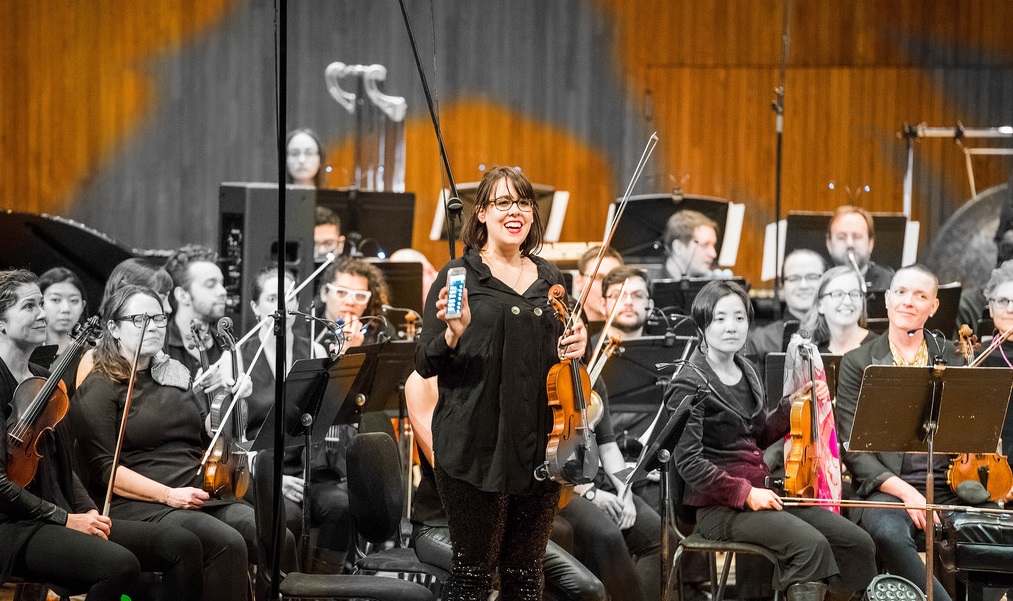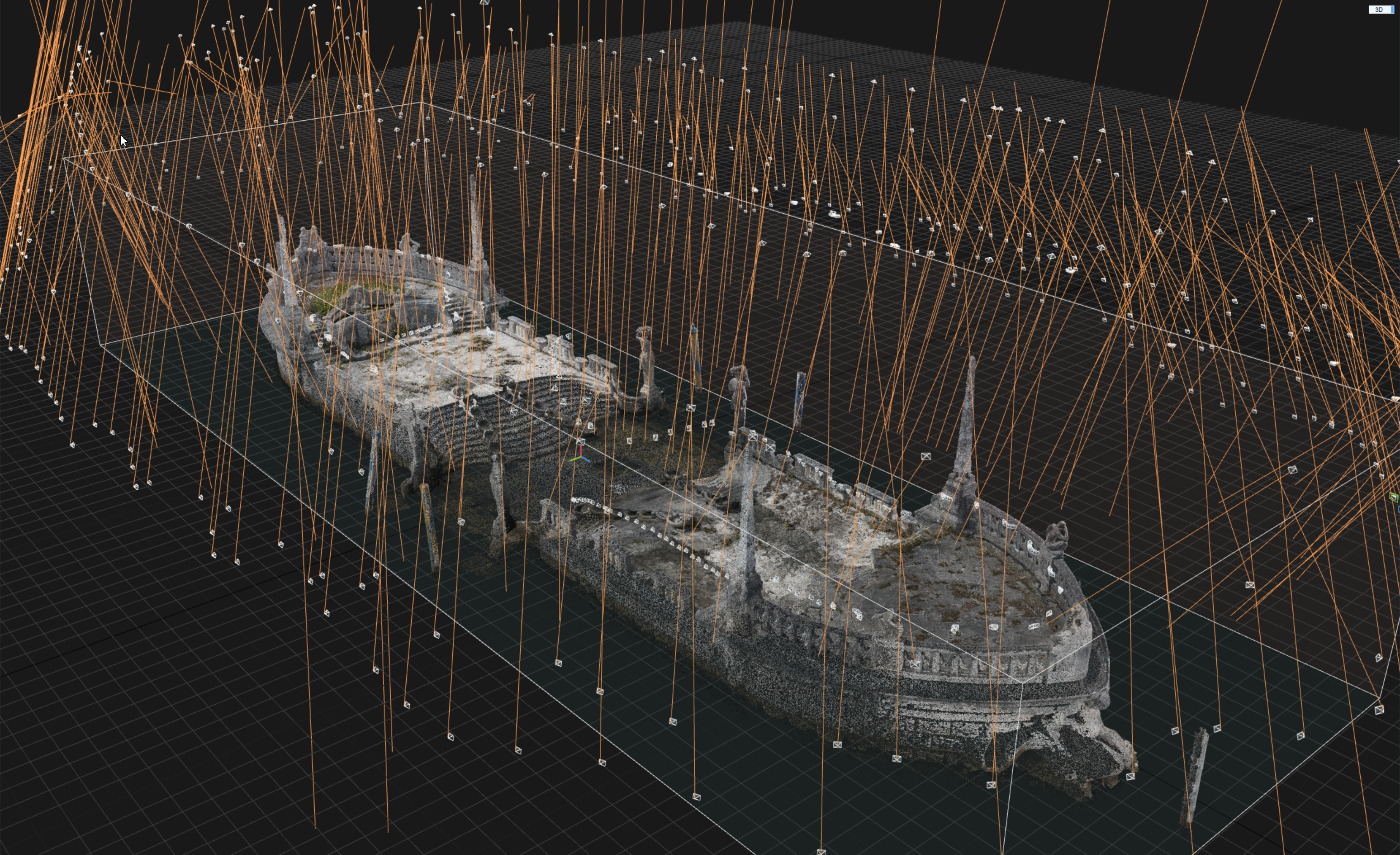May 18, 2017 – The John S. and James L. Knight Foundation today announced $1.87 million in funding to help 12 art museums use technology to immerse visitors in art.
These museums from across the country will use a range of tools—from chatbots to augmented reality apps and leading-edge digital projection—to attract and engage new audiences. The museums will introduce people to important context in an interactive manner and, in some cases, virtually surround visitors in the place and time the art was created, bringing the gallery experience to new levels.
At Carnegie Museums of Pittsburgh, the organization’s Innovation Studio is experimenting with a new mobile experience – a friendly chatbot that will engage with visitors about art and events, no app required. At the Barnes Foundation, visitors will be able to search the collection online without knowing the artist’s name. Instead, they will be able to search by the visual characteristics of the art, based on founder Dr. Albert C. Barnes’s principles for visual learning. The Detroit Institute of Arts is expanding an augmented reality pilot to allow visitors to explore the creation and symbolism behind Diego Rivera’s famed murals.
“The arts inspire us, challenge us and connect us to each other and where we live. People want those experiences to be personalized, interactive and shareable, just as they experience their daily lives,” said Alberto Ibargüen, Knight Foundation’s president. “We support arts institutions that are willing to lead and seize the opportunities tech offers to engage visitors, patrons and audiences.”
While each of the funded projects is tailored to the individual city and the museum’s collection, Knight Foundation hopes the successful ideas will be replicable and customized by other museums needing turnkey solutions.
Funding for these projects is part of a Knight Foundation initiative to help museums better meet new community demands and use digital tools to meaningfully engage visitors in art. Knight, which promotes informed and engaged communities, has helped institutions—from newsrooms to libraries—adapt to and thrive in the digital age. This funding expands the foundation’s use of its digital expertise to help art museums build stronger, more vibrant communities.
“Museums need to continually make organizational, cultural shifts to adapt to the way people live. Knight can help them speed the process and provide the seed capital that encourages them to take risks. We believe museums are and can continue to be an essential part of community life,” said Victoria Rogers, Knight Foundation vice president for the arts.
The museums and their projects are:
Akron Art Museum | $173,329: To explore new ways to give visitors insights into its collection by connecting them directly to curators and other museum professionals. The project will begin with an in-person experiment called “The Curator Is In,” which will inform the museum’s digital strategy.
The Barnes Foundation | Philadelphia | $155,000: To create new ways to browse the foundation’s collection online by visual characteristics, based on founder Dr. Albert C. Barnes’s principles for visual learning.
Carnegie Museums of Pittsburgh | $150,000: To develop and deploy a new mobile experience that eliminates the friction associated with traditional apps by infiltrating the most-used, system-level app on mobile devices: native messaging. The Innovation Studio will create an SMS chatbot that will interact with users in fun, knowledgeable, and delightful ways whether they are in or outside the museum’s walls.
Detroit Institute of Arts | $150,000: To expand a pilot that enables visitors to explore the collection on a deeper level through augmented reality and 3-D animations. Called Lumin and built on Google Tango, the project will enable visitors to more deeply explore the creation of Diego Rivera’s murals at the institute, the brushstrokes of Vincent Van Gogh and how human eyes process color in Georges Seurat’s works.
Institute of Contemporary Art, Miami | $200,000: To help the museum engage its visitors and community through digital media as it opens its first permanent facility in the Miami Design District later this year. A focal point of the program will be the creation of video content that enriches the museum experience and expands the museum’s reach beyond its physical walls.
Minneapolis Institute of Art | $148,800: To improve the museum’s digital storytelling platform, which provides an in-depth look at pieces in the collection, by adding new features and making it easier for organizations across the country to use.
The Mint Museum | Charlotte, North Carolina | $150,000: To bring more people to the museum by creating a welcoming, interactive staircase and public art installation that uses light and sound to become a must-see, must-hear, must-climb destination.
Museum of Arts and Sciences | Macon, Georgia | $100,000: To create more immersive film experiences by launching the FullDome Festival, in partnership with the Macon Film Festival. The event will highlight works created specifically for the museum’s leading-edge, digital planetarium.
Museum of Contemporary Art Chicago | $150,000: To engage more people in contemporary art by developing a digital scavenger hunt that encourages museum visitors to locate artworks in its galleries by written texts that describe them. The project builds on the museum’s Coyote project, which makes images more accessible to people who are blind or visually impaired through text descriptions.
New Museum | New York | $250,000: To accelerate the development of technology that engages museum visitors, by creating a museum technology track at NEW Inc., the incubator and professional development program created by the New Museum.
Pérez Art Museum Miami | $150,000: To help visitors more deeply engage with the collection and architecture through an augmented reality app that will feature multimedia content to include explainer videos, an interactive map, and sharable content.
Vizcaya Museums and Gardens | Miami | $100,000: To enhance the visitor experience by using 3D modeling and printing to allow visitors to explore spaces of this National Historic Landmark that are not accessible to the public. Those spaces include Vizcaya’s Barge, a partly submerged breakwater decorated with mythical sculptures, and the swimming pool grotto, which has a ceiling depicting an elaborate undersea scene.
For more about Knight Foundation’s arts program, visit knightfoundation.org.
About the John S. and James L. Knight Foundation
Knight Foundation is a national foundation with strong local roots. We invest in journalism, in the arts, and in the success of cities where brothers John S. and James L. Knight once published newspapers. Our goal is to foster informed and engaged communities, which we believe are essential for a healthy democracy. For more, visit knightfoundation.org.
Contact:
Anusha Alikhan, director of communications, Knight Foundation, 305-908-2646; [email protected]



